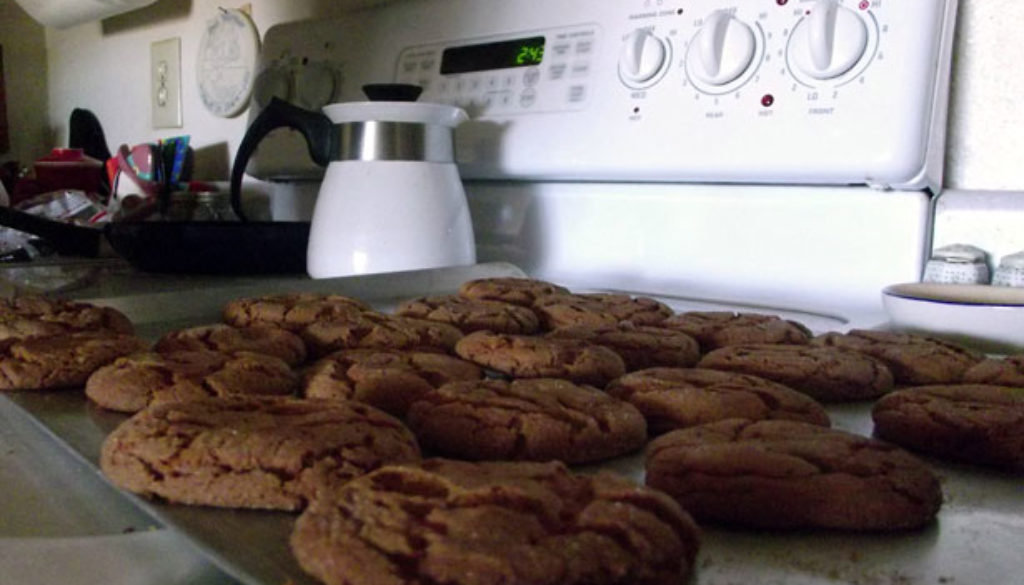DOE Proposes First Efficiency Performance Standards for America’s Ovens
By Elizabeth Noll, Natural Resources Defense Council
The Department of Energy (DOE) has proposed the first energy efficiency performance standards for America’s electric and gas ovens, which will help ensure we aren’t needlessly wasting energy while cooking and baking and keep more money in our pockets from lower utility bills. To date, the only energy standards related to ovens involve a prohibition against a standing pilot light for gas furnaces.
The proposal unveiled this week would cut energy use by up to 12 percent for electric ovens and up to 33 percent for gas ovens – all while continuing to allow us to make home-cooked foods and heating up prepared ones. DOE estimates the energy savings nationally will be equal to the annual consumption of 3.9 million homes – and result in total net consumer savings of $4.7 to $11 billion — over the 30-year period analyzed. (Joanna Mauer at the Appliance Standards Awareness Project also discusses details of these proposed standards in her blog.)
The proposed standards also would also lead to a whopping 41 million metric tons in carbon pollution emissions reductions. Last year, alone, DOE finalized a number of efficiency standards that combined would cut carbon pollution emissions by 435 million metric tons by 2030. These standards, combined with the latest proposal for ovens, are an important step toward meeting President Obama’s goal of achieving 3 billion metric tons of carbon pollution emissions reductions by 2030.
The oven standards proposal will not only improve cooking efficiency, but also includes standards for the oven’s “standby” and “off” modes. Most ovens would not be able to use more than 1 watt of power in standby mode, for things like the powering the clock or other controls. This is an important element to ensure appliances to use energy smarter. A recent study by NRDC’s own Pierre Delforge shows as much as $19 billion worth of electricity – about $165 per household on average — may be wasted in U.S. homes by electronics, appliances, and miscellaneous devices when they are not being actively used.
The first time that Congress enacted standards to cut energy waste in America’s ovens was in 1987 prohibiting standing pilot lights on some gas ovens, which went into effect in 1990. DOE updated it in 2009 eliminating the standing pilot light on all gas ovens, but again not addressing the energy efficiency performance of either gas or electric ovens.
Many had anticipated that the agency would propose efficiency standards for the entire range — both the oven and cooktop –but DOE did not include an efficiency proposal for the burners. Instead, it announced it was deferring a proposal for cooktops until a new test method for calculating energy waste is finalized.
National appliance standards have cost effectively saved our nation a considerable amount of energy, lowered emissions of greenhouse gases and other pollutants, and saved consumers billions of dollars every year while improving the environment, and will continue to do so into the future. Minimum efficiency standards provide the clarity and certainty that allow manufacturers need to innovate and make better products that often come at a lower cost than estimated. As our ovens and all appliances evolve, new opportunities to improve standards will continue to emerge, which is good for consumers and the environment alike.

